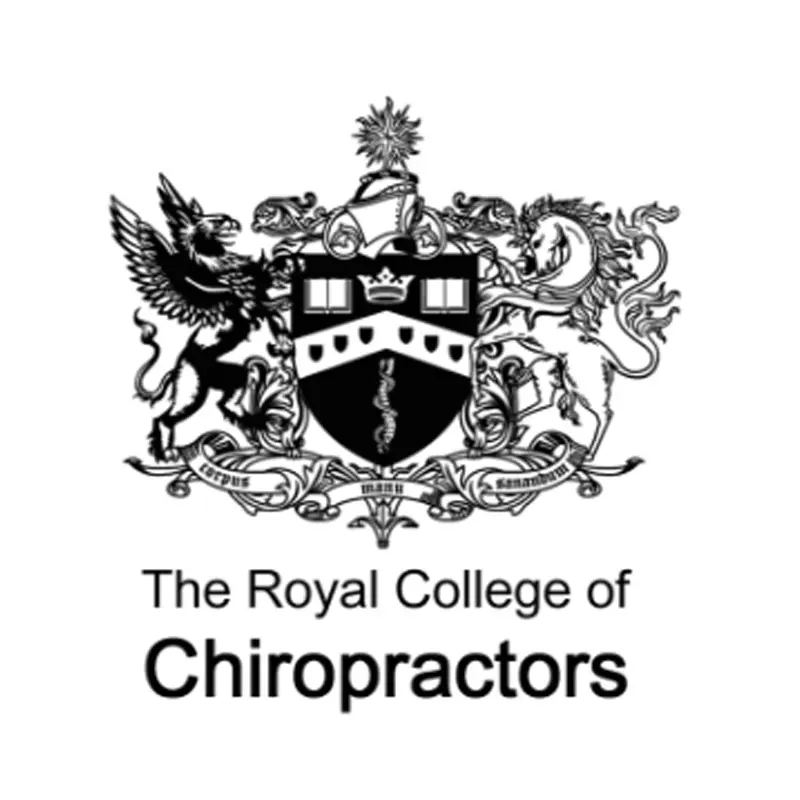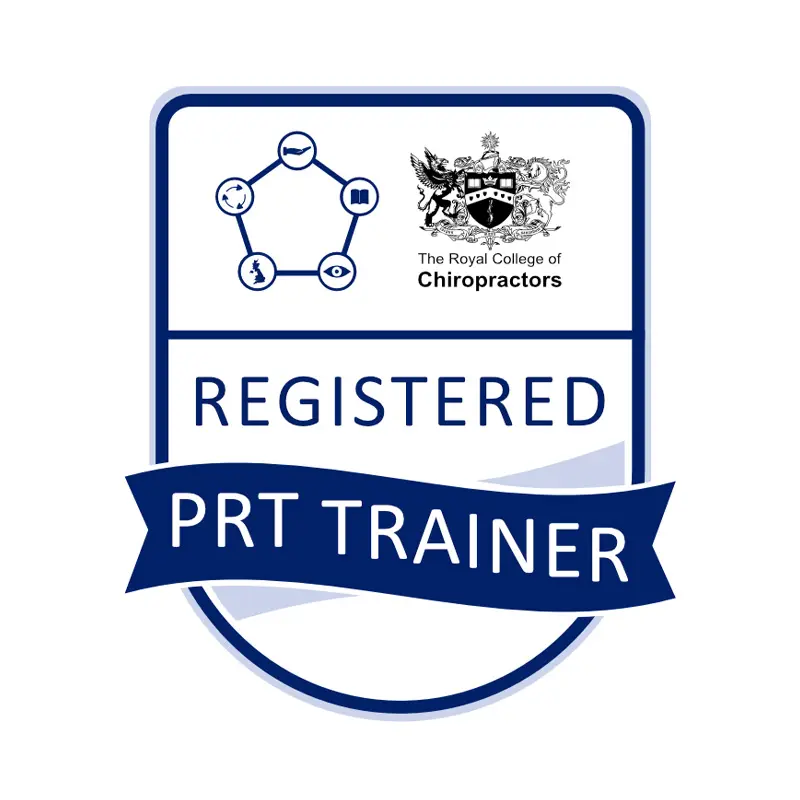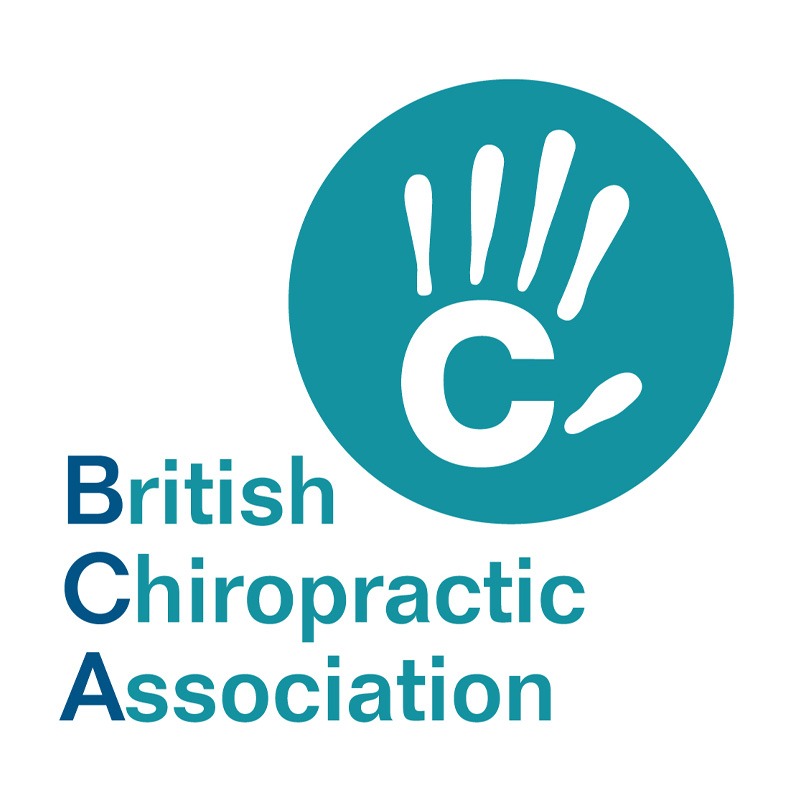Sciatica

Treatment
Treatment & Therapy
How Can A Chiropractor Help Me With Sciatica?
Chiropractors have a deep understanding of Sciatica, and for sufferers of sciatica relief of pain is essential to continue a normal, active lifestyle. We’ll start by easing your pain and then work with you to help prevent further pain through treatment to maintain your condition and lifestyle advice to avoid it recurring.
During treatment we will investigate how the muscle became tight, thus causing the sciatic nerve pain. It could be due to a fall, your sitting position or your bones may be out of alignment. Understanding the root cause will help us to treat you to reduce the chance of recurrence in addition to providing immediate sciatica relief.

Common Techniques Used By Our Team
Chiropractors are very experienced in sciatica treatment. We first identify which branch of the sciatic nerve is causing the problem. This will then tell us whereabouts along the spine we need to focus our treatment to give our clients that suffer from sciatica relief from debilitating pain.
Sciatica treatment may include:
- Chiropractic adjustments
- Dry Needling
- Deep tissue massage
- Postural advice
- Sciatica exercises
Interesting Facts About A Sciatica
- Used to describe any pain from your lower back or buttocks that travels down your leg
- Sciatic nerve is the largest and longest peripheral nerve in the body, originating from the spine, through the buttock & down the back of the leg to the foot
- It can often be entrapped and split in part by the piriformis muscle, causing nerve pain
- If the leg is often kept in external rotation (sitting cross legged for example) the sciatic nerve can get impinged by the greater trochanter and the ischial tuberosity
- The third place that the sciatic nerve can be impinged is the long head of biceps femoris (part of the hamstring group)
- If your thigh is going numb, don’t blame the sciatic nerve; this is more typical of a radiculopathy
- Numbness in your lower leg is most likely to be from the sciatic nerve
- Sciatica usually only affects one side of the body
- If your pain is radiating on the side of your hip and thigh, spiralling to the top of your foot, ensure you’re cleared for a L4/5 radiculopathy due to disc herniation
- Sciatica is most frequent in those aged 30-50 but can happen at any age
- If radiating pain is towards the back of the thigh and ending on the side of the leg and/or side of the foot, then check for a L5/S1 radiculopathy due to disc herniation




